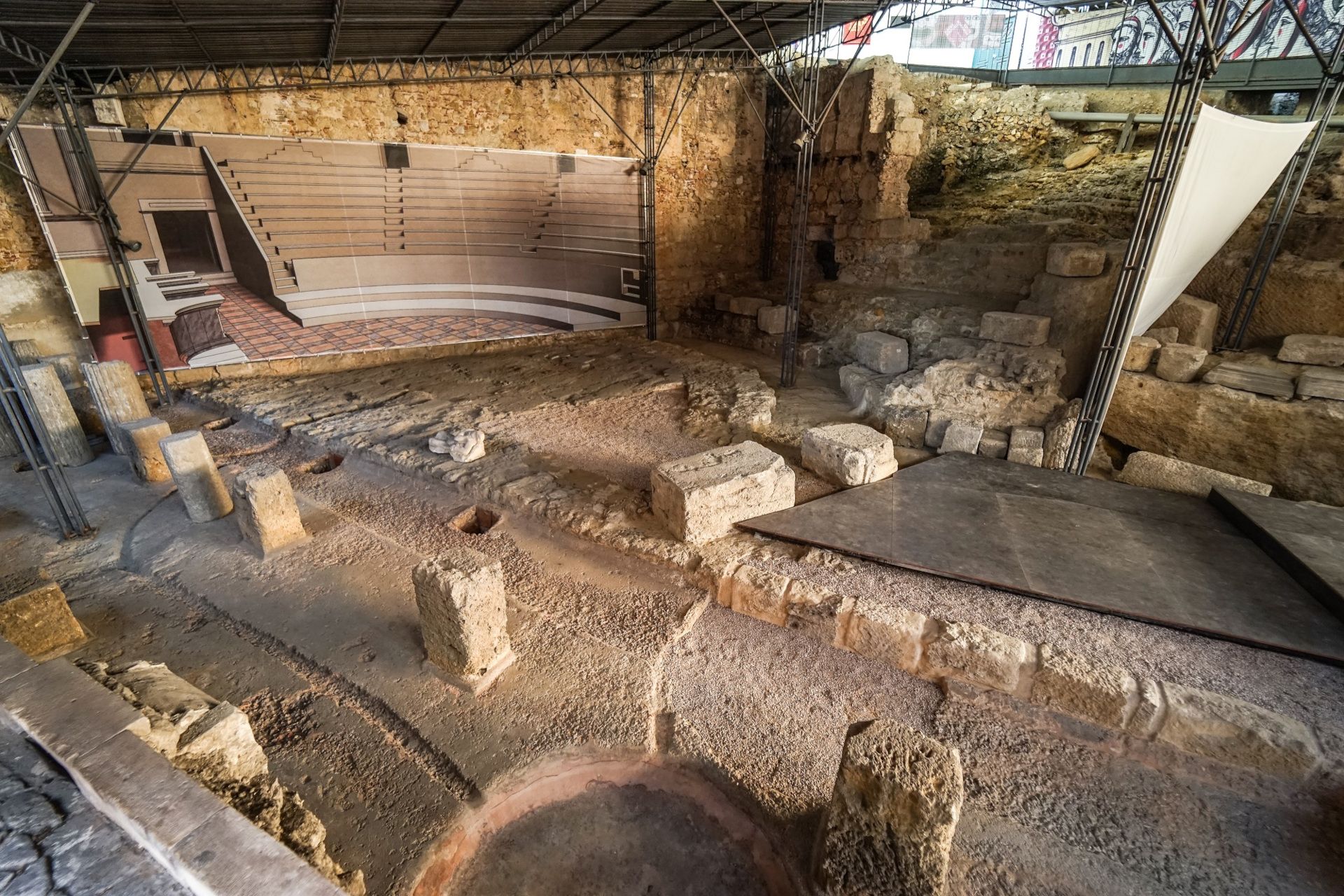The theater represented the power of the empire, but that power declined over time, of course. The theater was buried in the 4th century AD and completely forgotten by the city. Only the earthquake of 1755 was able to uncover the Roman ruins where tragedies and comedies were once staged, but even then, there was no effort to preserve it.
The French invasions would again consign it to oblivion. It wasn't until the 20th century that people would start recognizing its importance. In 1964, excavation work began, leading to new discoveries. The old buildings where the Roman theater was located (one from the 18th century, another from the 19th century) were restored and adapted for the establishment of the former Roman Theater Museum, which was inaugurated in 2001, the year a supporting wall of the scenic facade and the hillside were discovered.
Between 2013 and 2015, a museographic renovation of the space took place, giving rise to the Lisbon Museum - Roman Theater, where a vast collection of documents and materials collected in archaeological campaigns is preserved, including artifacts spanning from the Iron Age to the medieval period. A journey through time!

